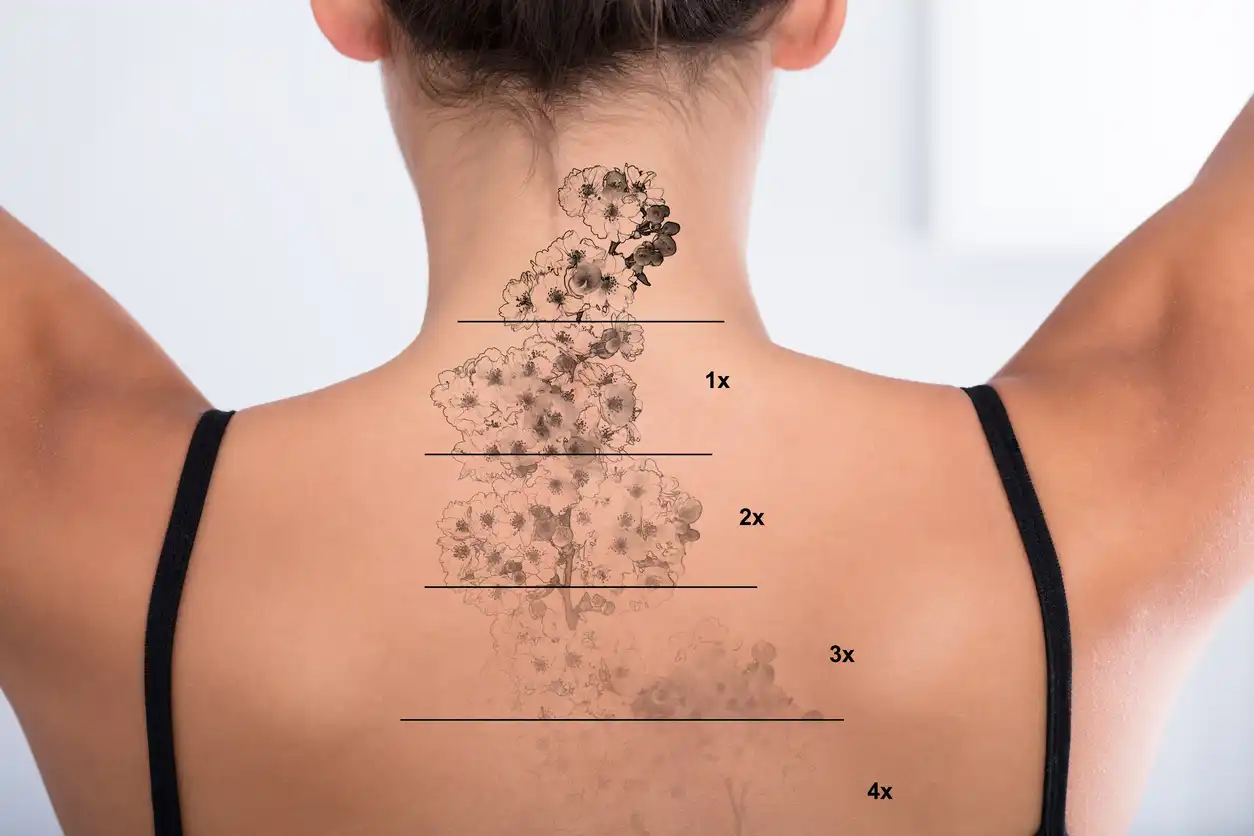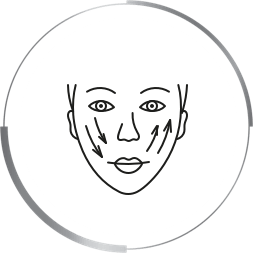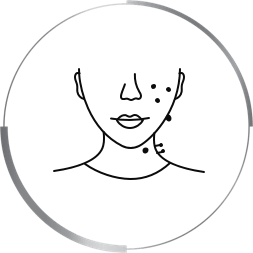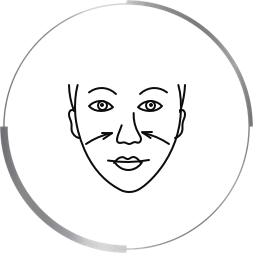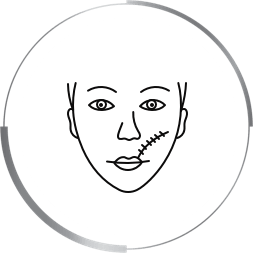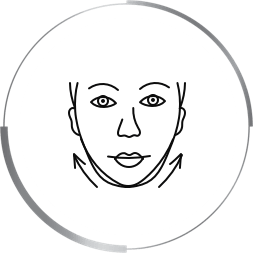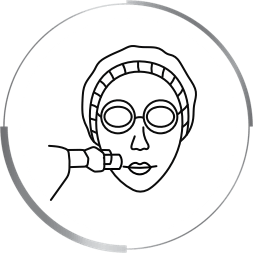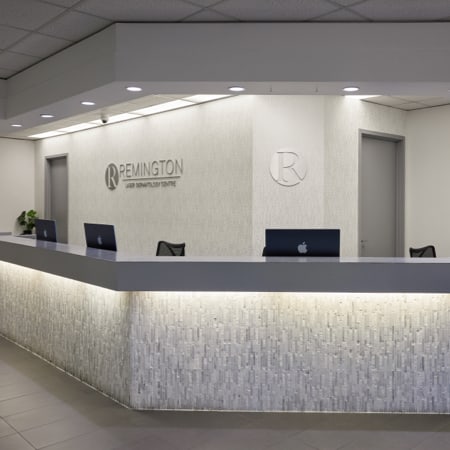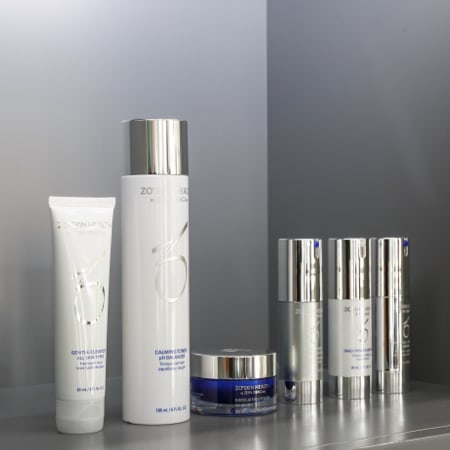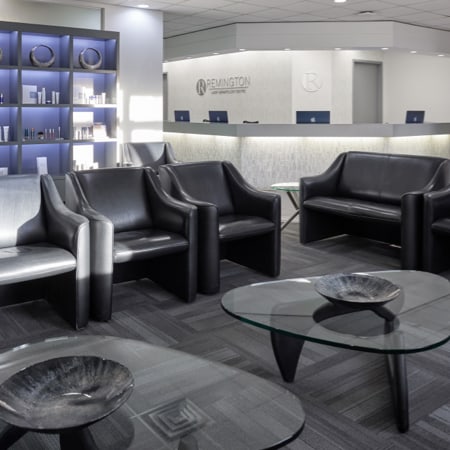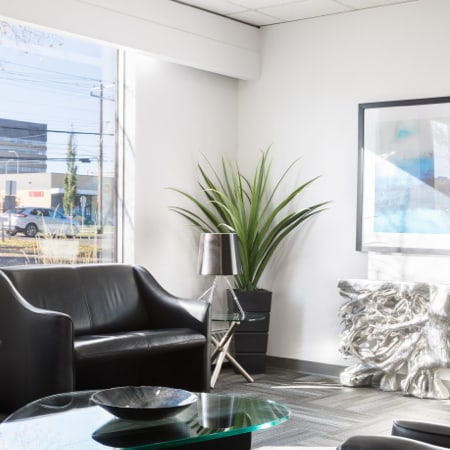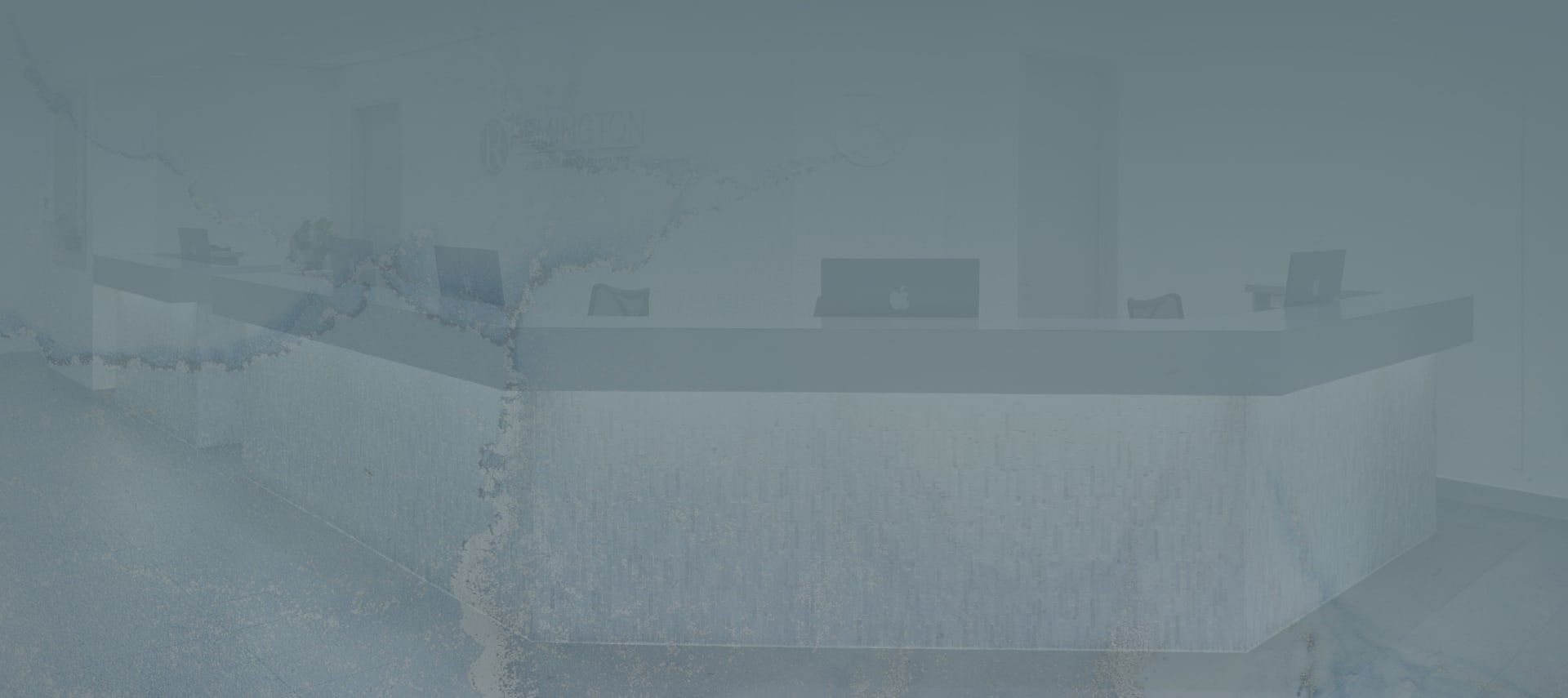Tattoos can be a wonderful way to commemorate a moment in one’s life or an important person. However, some patients regret tattoos. These tattoos may be poorly done or represent someone or something that is no longer significant to them, such as an ex-spouse. While it is believed that “tattoos are forever,” we now have amazing technology available to help in removing these tattoos from the skin using laser therapies.
What is laser tattoo removal?
Laser tattoo removal is the removal of unwanted tattoos on the skin using laser light energy. The laser light penetrates into the skin and breaks down the pigmentation used in the tattoo ink. This, over time, fades the tattoo until it is no longer visible.
How many treatment sessions do I need?
Tattoos will not disappear with a single laser treatment. Instead, patients need to visit their doctor several times to gently fade the tattoo away. Drs. Todd and Kent Remington find that the number of treatments needed vary depending on many factors, such as the quality of the ink, the color of the ink, the length the tattoo has been on the skin, and the size of the tattoo. Most patients can expect to require approximately six sessions.
Does laser tattoo removal hurt?
The laser devices are effective at breaking down tattoo ink, but while it’s working, patients may hear and feel a snapping sensation on their skin. In most cases, the treatment is well-tolerated, but our team at Remington Laser Dermatology Centre offers topical numbing anesthetics that can be applied to the skin prior to treatment if needed.
What types of tattoos can be removed?
Most tattoos can be removed, including professional and amateur tattoos. Tattoos can be of any size or shape, but larger tattoos may require more treatment sessions to fully remove.
How much does it cost?
The final cost varies depending on how the tattoo reacts to the laser treatments. Patients are quoted a per-session cost from our team to give them a general idea as to what to expect for full removal in terms of cost.
Are you ready to learn more about laser tattoo removal?
Contact Remington Laser Dermatology Centre today to work with Drs. Todd and Kent Remington in the Calgary, AB community. Our practice is conveniently located in the community at 150-7220 Fisher Street SE.

